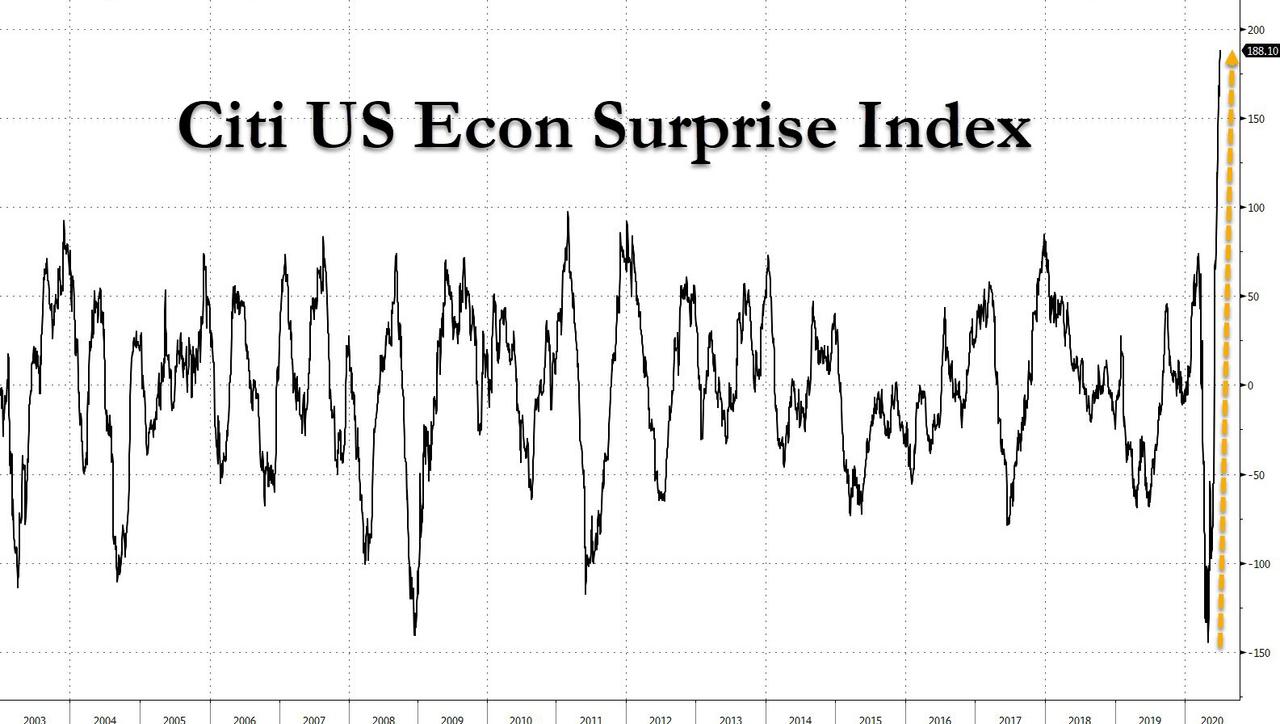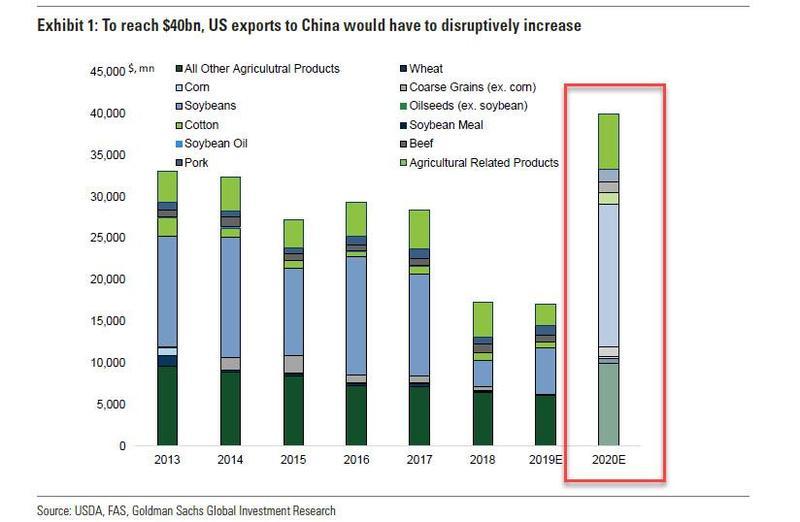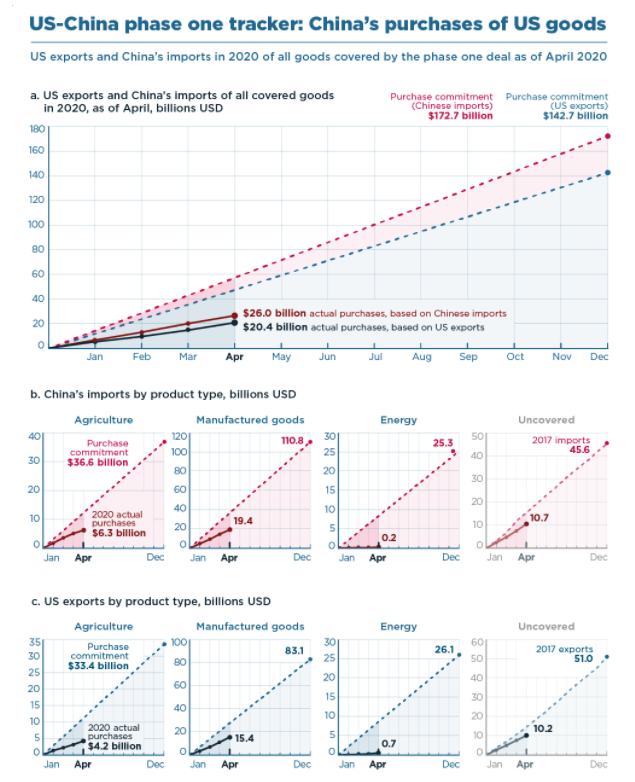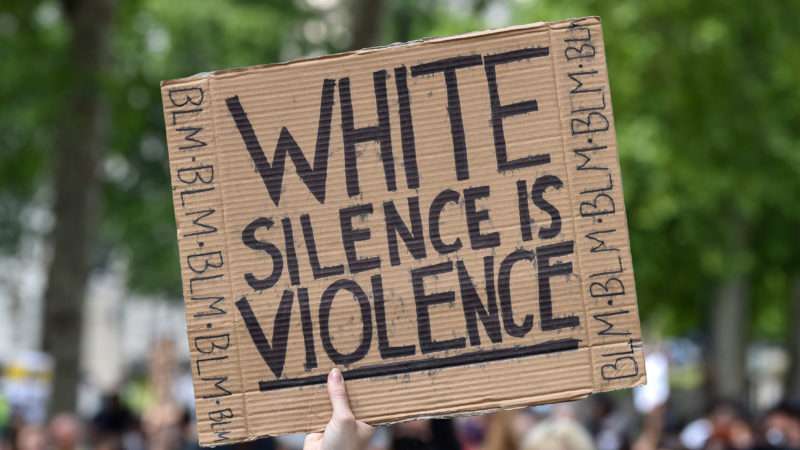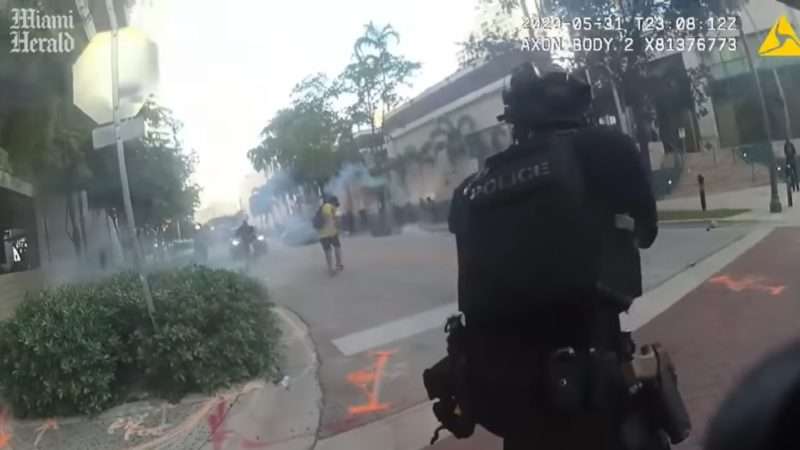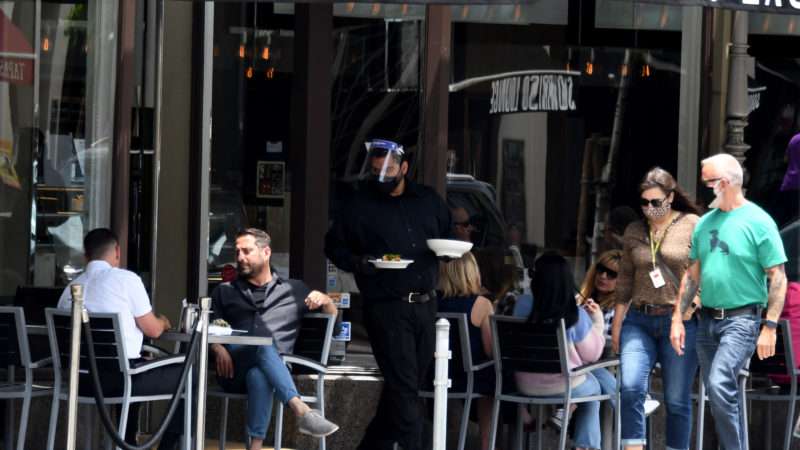In April, the Supreme Court of Texas created a second date at which the Texas Bar would be administered. Applicants had the choice to sit for the regularly scheduled July session, or sit for an additional session in September. Since then, the COVID-19 situation in Texas has escalated.
The Dean of every Texas Law School (including my own) urged the Supreme Court to modify the schedule. The Deans proposed three options. First, a shortened version of the exam should be administered online. Second, the Court could adopt an “apprenticeship system that would permit licensure upon the completion of a certain number of hours of supervised practice.” Third, the Court could grant a “a one-time diploma privilege option for graduates of our law schools.”
Today, the Supreme Court of Texas issued an emergency order that largely followed the first proposal. But the Court fragmented. The majority of the Court agreed to cancel the July sitting, and maintain the September sitting. A majority of the Court also ordered an “online examination” for October:
The Board should administer an online examination on October 5-6, 2020, that includes: 100 Multistate Bar Examination questions, 1 Multistate Performance Test question, the Procedure and Evidence questions, and 12 Texas essays questions. The October bar examination will be weighted as determined by the Board. The Board reports that it will likely release scores from the October bar examination by December 4.
Applicants can choose to sit for the in-person exam in September, or the online exam in October. There is no penalty for switching. (I am fairly confident most students would choose the latter option).
The order explained:
Although individual Justices may have preferences for additional options, a majority of the Court agrees upon these options.
Beyond that statement, the Court was fragmented. Eight of the nine Justices wrote separately.
Justice Guzman (an alumna of South Texas College of Law Houston) and Justice Lehrmann (who recently recovered from COVID-19) concurred. They raised some concerns about what it would mean to eliminate a licensing requirement, and found that online testing was a safe alternative in the current environment:
JUSTICE GUZMAN and JUSTICE LEHRMANN concur, noting that (1) discussions about altering licensing requirements for admission to the legal profession are important and ongoing through the Court’s work with the ABA Commission on the Future of Legal Education; (2) eliminating a licensing requirement raises consumer-protection concerns, and any systemic reforms should not be undertaken without thorough vetting and input from all stakeholders, especially the public; (3) among the available alternatives to in-person testing, an online bar examination provides a reasonable and safe alternative that aligns more closely with our longstanding licensing requirements; (4) online testing has been successfully employed as an alternative to in-person testing by national testing organizations, like the College Board’s Advanced Placement Program, and public and private schools throughout this State; and (5) the law school community should help fill the void for applicants who do not have access to reliable technology or adequate facilities to take an online test.
Justice Boyd would have given applicants six options:
JUSTICE BOYD concurs in part, but would require the Board to offer and to allow each applicant to choose between (1) the in-person examination currently scheduled for July 2020, (2) the in-person examination currently scheduled for September 2020, (3) the October 2020 online examination described in this Order, (4) an apprenticeship-admission process, and (5) a diploma-privilege-admission process, in addition to (6) the supervised-practice option to delay admission as described in this Order; and would in addition require that each applicant’s State Bar of Texas license, membership records, and online attorney profile clearly indicate whether the applicant gained admission to the Bar through examination, apprenticeship, or a diploma privilege.
I don’t understand why anyone would choose to sit for the exam, when they could be admitted through a diploma privilege. Or are options (5) and (6) combined? The phrasing is unclear. In any event, those who are admitted through the “diploma privilege” route would forever be marked with a Scarlet Letter on their bar license.
Justice Blacklock concurred with the Court’s order. He but would have left the July bar in place:
JUSTICE BLACKLOCK concurs but would also give all those currently scheduled to take the in-person July bar examination the option of doing so as planned.
Some students are studying for the July Bar, and are ready to take it. Being forced to wait for September would delay their results, and prevent them from obtaining employment. Indeed, many students may lack the funds to continue in a state of limbo till November or December, when the results will be released. Justice Blacklock’s proposal may seem callous, but is actually considerate.
Justices Busby and Bland, the two newest members of the Court, would give applicants the option of an apprenticeship program.
JUSTICE BUSBY and JUSTICE BLAND concur but would also allow applicants to select an apprenticeship option providing for licensure upon completion of a period of supervised practice.
Finally, Chief Justice Hecht and Justice Green, the two most senior members of the Court, dissented. They would have adopted the diploma privilege.
CHIEF JUSTICE HECHT and JUSTICE GREEN dissent and would direct the Board of Law Examiners to adopt a diploma privilege in lieu of the bar examination for those registered to take it in July and September 2020.
If my math is right, Justice Devine (also an alum of my law school) did not write separately.
What a fascinating decision.
Update: In April, I offered some caution about holding an online exam.
from Latest – Reason.com https://ift.tt/3itAmBe
via IFTTT
